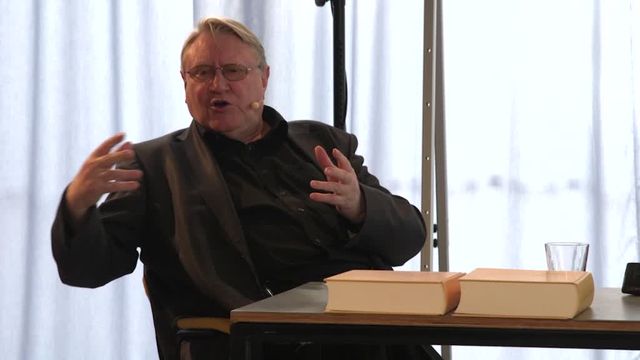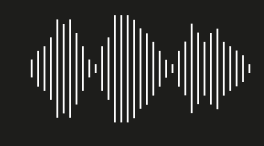Reading, talk
Language Families and Artificial Languages
With Ernst Kausen, Dagmara Kraus and Marcel Beyer
The number of languages in the world is finite. But just how many are spoken exactly—and where? Is it possible that someone is discovering new languages, just as we are lamenting their extinction?
The linguist and mathematician Ernst Kausen set himself the mammoth task of gathering together in one volume the Language Families of the World. However, languages are not just collected, they are also invented: For example Esperanto, which is spoken to this day, or the long forgotten langue bleue which the poet Dagmara Kraus employs to write her poems of alien beauty. Together with Marcel Beyer they discuss: At what point does communicative usage become transformed into aesthetic magic?
Ernst Kausen worked as an IT manager then, from 1982 to 2014, as professor of mathematics and theoretical computer science at the THM. He has also worked as a linguist for many years. In addition to numerous works on mathematics, his most important contributions to linguistics include: Die indogermanischen Sprachen (2012) and the two-volume work Die Sprachfamilien der Welt (2013–15) on the relationships between all the world’s languages. Kausen studied mathematics, physics and computer science as well as Egyptology, ancient near eastern studies and comparative linguistics. He received his doctorate in mathematics.
The poet and translator Dagmara Kraus lives in Carpentras and Berlin. So far, she has published three volumes of poetry: kummerang (2012), kleine grammaturgie (2013) and das vogelmot schlich mit geknickter schnute (2016) and translations from Polish, for example Wir Seesterne (2012), Das geheime Tagebuch (2014) and Vom Eischlupf (2015) from the work of Miron Białoszewski. Kraus studied comparative literature and art history in Leipzig, Berlin and Paris and creative writing in Leipzig.

